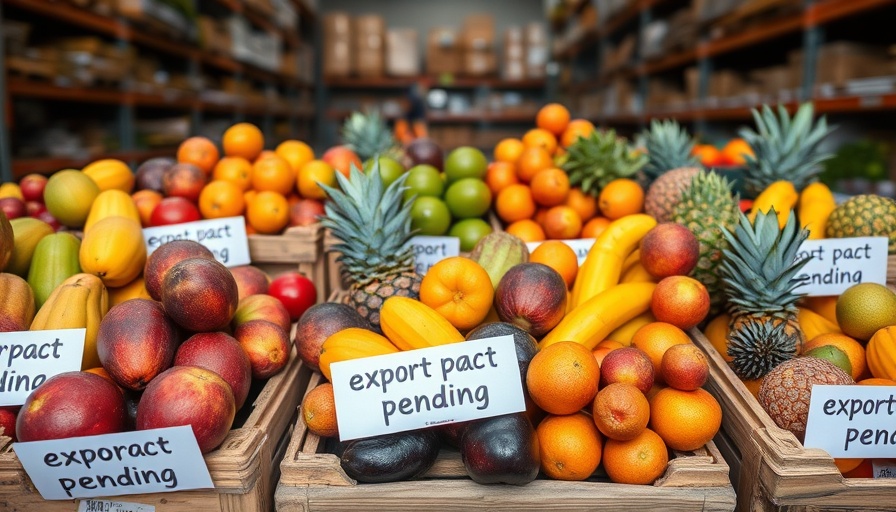
Understanding the Funding Gap for Young Entrepreneurs in Southern Africa
While Southern Africa boasts a vibrantly youthful population eager to innovate, young entrepreneurs are confronted with noteworthy challenges when it comes to funding. During the SADC-United States Exchange Alumni Summit in Victoria Falls, key discussions highlighted the struggles around securing financial backing for start-ups, with an emphasis on necessary changes in the financial landscape.
The Disconnect Between Banks and SMEs
A significant issue identified during the summit was the disconnect between banks and small-to-medium enterprises (SMEs). Financial institutions often seek market validation, governance structures, and proof of growth potential before considering funding applications. This focus, as pointed out by panelist Ms. Thabo Joy Masiye, presents hurdles for young entrepreneurs who often lack the three years of financial statements that banks typically require.
Mr. Patrick Maseko from ZB Financial Holdings emphasized the essential role of financial literacy. Without a strong understanding of financial principles, young entrepreneurs may find it tough to communicate their business value to potential investors. This knowledge gap can lead to missed opportunities, particularly in an increasingly competitive market.
Exploring Alternative Funding Sources
Given the challenges posed by traditional banking systems, there is a pressing need for entrepreneurs to tap into alternative funding sources. Microfinancing, blended financing, and collaborative networking were recommended as practical alternatives for securing start-up capital. In addition, strategic collaborations with investors can lead to more fruitful relationships, opening doors to innovations such as fintech solutions, which may revolutionize funding avenues through digital transformations.
Building a Sustainable Ecosystem for Young Entrepreneurs
As highlighted in a related discussion on breaking down funding barriers at the African Leadership Academy, mentorship and collaboration within the entrepreneurial ecosystem are crucial. The creation of the Young Entrepreneur’s Fund, designed as a guaranteed follow fund, aims to provide matching investments for pre-vetted young entrepreneurs. This model, which prioritizes flexibility and support beyond mere funding, can serve as an inspiring template for new funding initiatives aimed at young entrepreneurs throughout Southern Africa.
The Role of Innovation Hubs and Incubators
Establishing innovation hubs and incubators can further empower young businesses to flourish. These centers not only provide essential resources and mentorship but also serve as a network for sharing ideas and strategies. Young entrepreneurs equipped with proper guidance can help bolster the economy, paving the way for future growth and prosperity.
The Importance of Financial Education
Ultimately, the need for financial education cannot be overstated. Workshops, seminars, and online courses that teach young entrepreneurs about financial management and business structuring can have a substantial impact. In addition to understanding traditional funding sources, entrepreneurs must also be adept at navigating digital finance platforms to take advantage of fintech innovations such as blockchain and digital payments.
Looking Forward: Preparing for a New Era of Entrepreneurship
The challenges faced by young entrepreneurs in Southern Africa are undoubtedly significant, but they also present opportunities for reform and innovation. By bridging the gap between financial institutions and start-ups, fostering innovation ecosystems, and ensuring that financial education is readily available, stakeholders can empower the next generation of entrepreneurs.
The future of entrepreneurship in Southern Africa holds promise, with potential for growth in diverse sectors, particularly through technology-driven solutions that can solve pressing economic issues.
Join the Movement: Supporting Young Entrepreneurs
As we reflect on these crucial discussions, it’s important to recognize the role we play in nurturing ambitious young leaders. Efforts to support entrepreneurial development through investment, mentorship, and education are vital. Join initiatives championing young entrepreneurs, like the Young Entrepreneur’s Fund, to continually empower and uplift the next generation.
 Add Row
Add Row  Add
Add 




Write A Comment